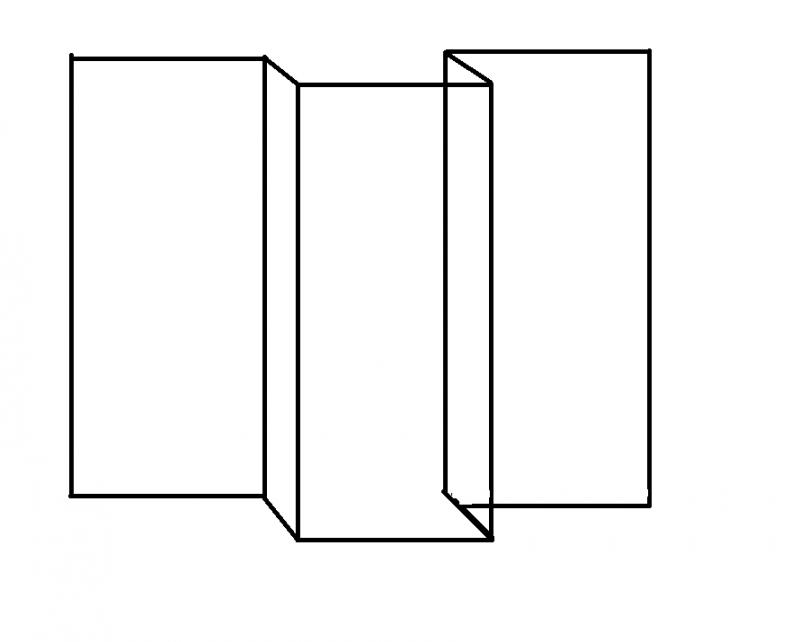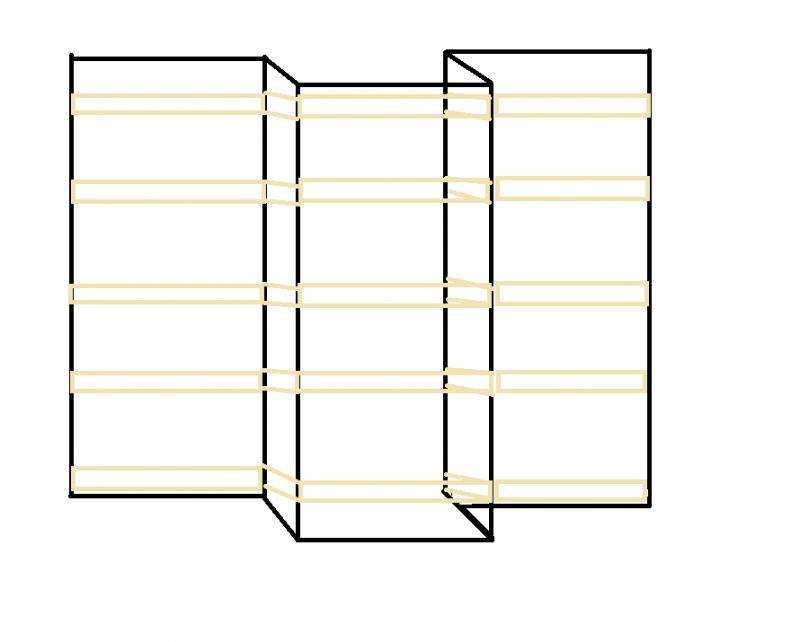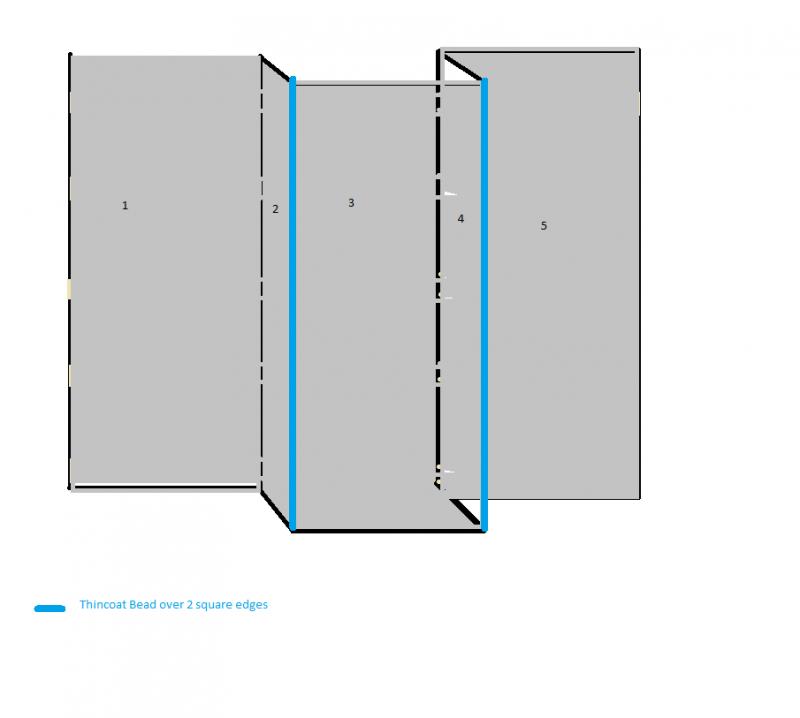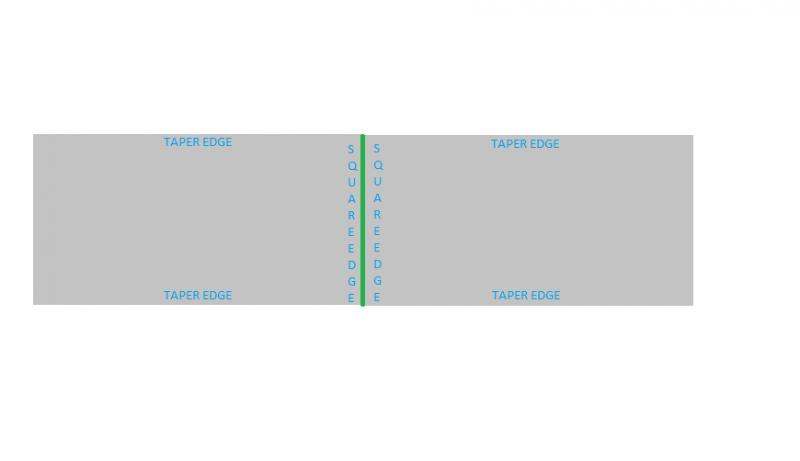Hi guys, looking to do a small amount of Tape and Jointing in a bedroom.
A quick few questions.
I will be using tapered edge boards, but there will obviously be joins where a tapered edge meets a square edge where a board has being cut, I was wondering if I still go the same way about taping and jointing this join? As I would have thought it would be harder to feather out?
Also,
Should I make tapers meet in the internal corners?
Should I use thin coat beat for the internal corners or scrim?
Can I have square edges for external corners and use thin coat beads?
Any advice much appreciated
Cheers
Adam
A quick few questions.
I will be using tapered edge boards, but there will obviously be joins where a tapered edge meets a square edge where a board has being cut, I was wondering if I still go the same way about taping and jointing this join? As I would have thought it would be harder to feather out?
Also,
Should I make tapers meet in the internal corners?
Should I use thin coat beat for the internal corners or scrim?
Can I have square edges for external corners and use thin coat beads?
Any advice much appreciated
Cheers
Adam





